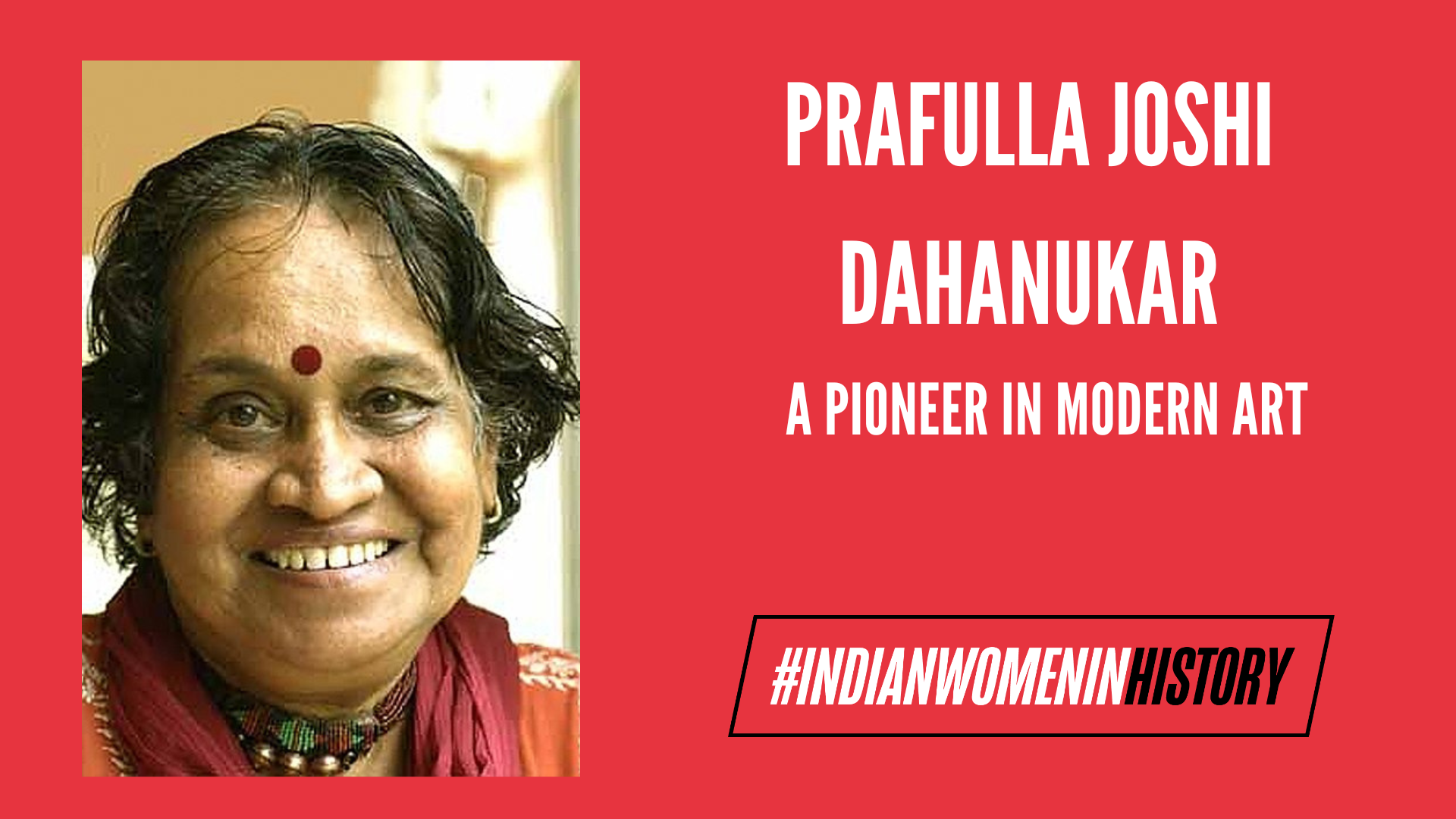The painter who was noted as less popular in the history of modern India, Prafulla Dahanukar, an ideal Indian feminist renowned in the ages of post-independence, was an acclaimed artist and benefactor of art. Goan in birth and brought up in Mumbai, Dahanukar practised Fine Art at the Sir J. J. School of Art in Mumbai and graduated with a Gold Medal in 1955. She pursued fine art under a scholarship from the Government of France in Paris in 1961. As a celebrated artist in India and internationally, she paid a good number of commitments to several art societies in the country such as Lalit Kala Akademi in New Delhi, Bombay Art Society, and many more.
Today in remembrance of Prafulla Dahanukar and for her resentful commitment to art and influence on young artists, PDAF, Prafulla Dahanukar Art Foundation, was founded in 2014 by the late Dilip Dahanukar in honour of his wife Prafulla Dahanukar, works as an inclusive art space for emerging artists across India from diverse backgrounds. Each year, the foundation hosts national online art contests (Kalanand) and conducts outreach programs in schools (Balanand) and senior citizens’ retirement homes (Sadanand).
“Prafulla (Joshi) Dahanukar is a beautiful person, a perfect blend of a painter, a music lover, an erstwhile musician, with a generous and noble heart.“, writes Dignity Foundation Magazine.
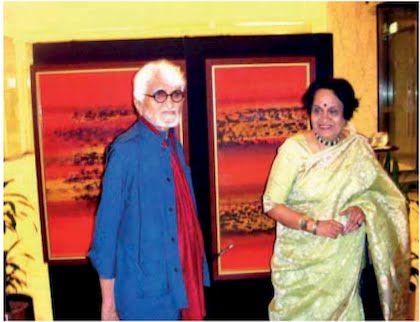
In the early years since the advent of modernism in India, Dahanukar was a voice of artists, middle-class individuals, women, and other socially disgraced classes in society. In her life, she not only helped artists, but she also aided artisans including folk artists, weavers, traditional jewellers, flower garland makers, and many others.
Above all, Dahanukar was an independent woman who managed to reconcile her life without hitting a burden on her family. She was the one who helped to secure the land and played a significant role in acquiring an autonomous settlement in Bandra, Mumbai for the Bombay Arts Society. At her age, she has held around forty-five exhibitions of her paintings, and today she considers one of the seniors most artists in India.
‘She’ the impact
In the early 1800s, the period of colonialism, when the practice of Sati, widow immolation, and widow remarriage head started to ban, improved access to women in education, work, and healthcare was revitalized, women acquired the right to vote in state elections, run political office, participate in social movements, and satyagraha. In literature, art, and culture, women have started to flourish. They started to address dashes of realism through public media such as paintings, autobiography, poetry, and fiction, wherein, art has always been one of the most widely used powerful mediums that express the plight of women in India.
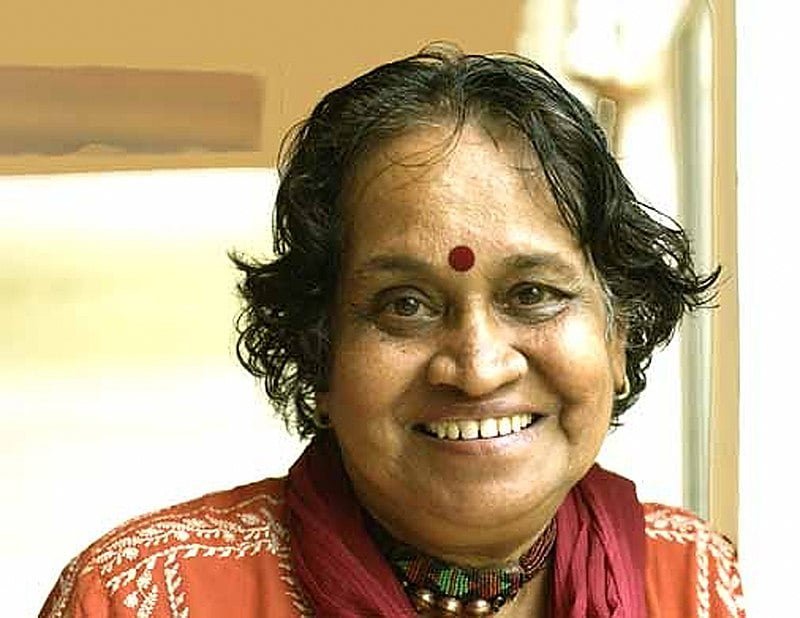
Indian history often identifies women in India as subservient, and regressive in roles at their disposal as well as in society. Through the ages when women are considered a homemaker, a nurturer, child bearers, a wife, a mother, and at times a lover, mirroring the social status of women through art creates rationality in a patriarchal society that dictates men are predominant. Subsequently, in the late nineteenth century, modernism has begun to restore the longstanding tradition of India in its art, literature, music, dance form, and culture.
Modernism in Indian art occurred in three phases – early Modernism (19030s – 1960s) started by Amrita Sher-Gil, Middle Modernism (late 1940s – late 1960s) and late Modernism (19070s – 1980s), in which, several women artists highlighted in national and international in early and middle modernism including Prafulla Dahanukar, Leela Mukherjee, T. K. Padmini, Anila Jacob, Lalita Lajmi and so many others, in which, Dahanukar’s paintings were poignant in style, reflects politics and represents multiplicity of artiste’s experiences as womankind and in common. Similarly, Dahanukar, as a feminist in art, paintings have side-lined a coherent ideology and created a massive impact on the audience.
Retrospective in representation
“Space and time are interwoven with each other. Space is unending and timeless. It cannot be destroyed. It is eternal. I find it deeply spiritual. The artist in me strives to depict it through paintings. And that is my ‘Eternal Space’.” – Prafulla Dahanukar
Following a particular and abstract style, Dahanukar’s mindscapes in Eternal Space confirm the deep, calm, and self-possessed expression of the artist. It also portrays the metaphor of escapism in which, her painting named Eternal Space enlightens Dahanukar’s strategy of mind’s escape from a land of extremists as well as exceptionalist’s notion to attain a serene stable state that brings ease to her inner self.
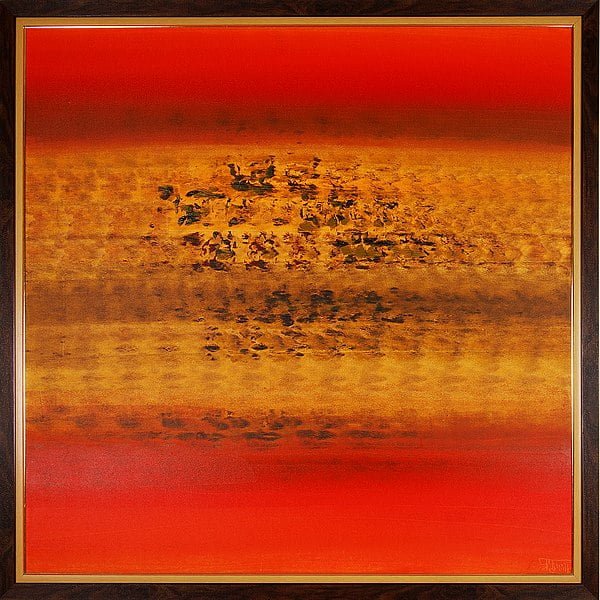
In the year 2014, following the demise of renowned artist Prafulla Dahanukar, commemorating her artist journey, Nicolai Sachdev in Gallery seven has curated Prafulla Dahanukar, titled Retrospective, at the Jehangir Art Gallery, where Dahanukar held her first solo exhibition in 1956 displayed along with the paintings and sculptures by modern and contemporary artists such as M.F. Husain, F. N. Souza, Akbar Padamsee, Pantosh Sen and Gurcharan Das in possession by Prafulla Dahanukar Art Foundation (PDAF) Gallery.
As one of the premier contemporary art destinations in the country, Gallery seven has prudently curated Prafulla Dahanukar, A Retrospective, selecting important work from 1950-2014, featuring her different styles and series over the decades such as Portraits, Still-Life, Semi-Realistic Scapes, Mindscapes, and Eternal Space.
Unlike other contemporary artists, Dahanukar’s paintings procure a unique way that represents confounding elements in their structure which mystify the viewer to question her art. Her portraits of women on oil on canvas silences the caste and colour discrimination that existed in early modern India. More than repressing the artist’s expression, Dahanukar predominantly relishes her material dimension and organic force field of the void.
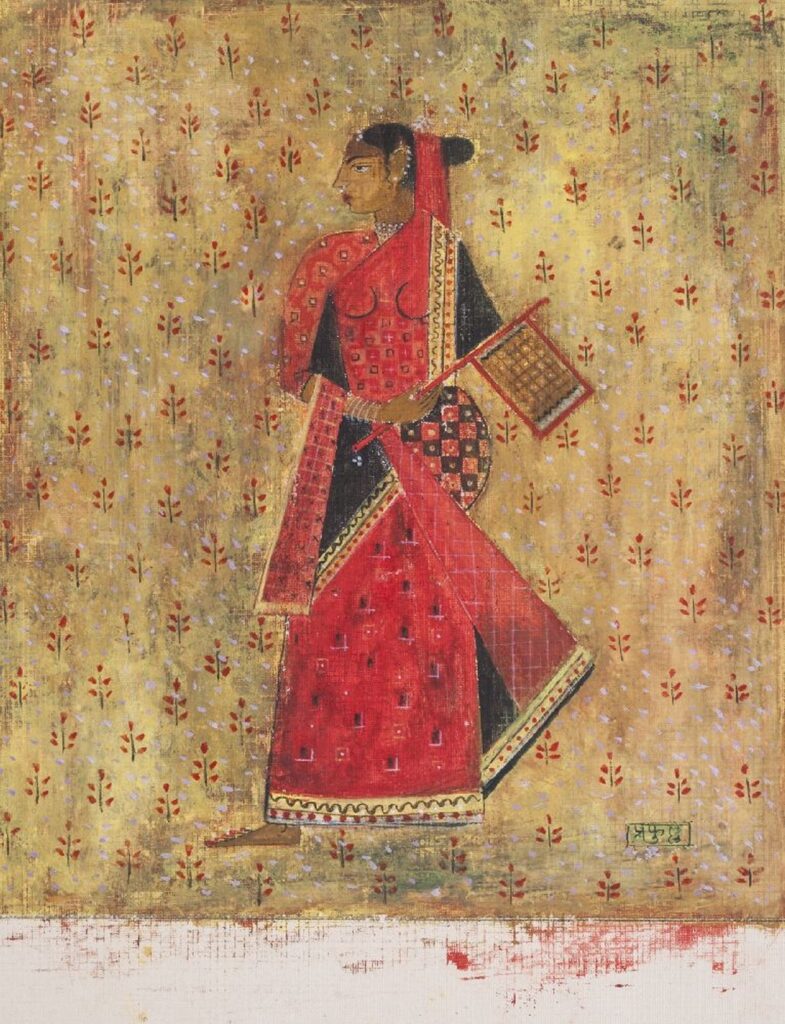
Her compassion for music mindscapes her to capture her yearning for vocal music by resonating ragas to merge into nada, as Sumitra Kumar Srinivasan says. Dahanukar’s indefinite form of painting in-betweens and interweaves in space and time are unending and timeless. She constructs an individual life in-between the two spaces that are eternal and deeply spiritual.
Art and feminism
Earlier women were considered mere forms of humans who are supposed to identify as mother goddesses whereas ancient texts, lore, and hymns proclaim, it has foreseen women in the social sphere as strange and unusual. Women have been enmeshed as stigmatized groups and persecutors for centuries. The famous painter prince, Raja Ravi Verma, one of the well-known artists of Indian art used to portray a perfect Indian woman as a loving mother, the ideal homemaker, and a dutiful daughter.
Also Read: Nasreen Mohamedi: The First Female Abstract Artist Of India | #IndianWomenInHistory
Evolving after the coming of the Mughals to the Indian subcontinent, and later the rule of the British Raj in India, it started to heighten the sense of morality and goodness in art. At the same time through the risen exposure of women in education, women artists such as Amrita Sher-Gil were subjected to express women’s portrayals with heightened sensitivity. It has entirely washed out the common notion that women are subservient and weak, however, addressed women as fighters who struggle to live a life within the constraints of a male-centric society.
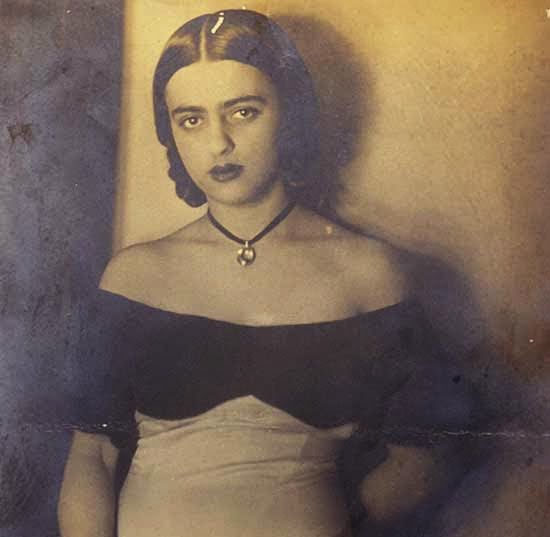
Since the age when women were renounced of rights to read and write the advancement of the female social group in today’s society marks the word in history through various artists, writers, and much more such as Prafulla Dahanukar who engrossed her talent in art to perfectly blend different shades of her life as an artist, and a woman through her painting tool that acts as a weapon of revelation. Dahanukar’s art considers Feminist Art, a category of art made by women who practice politics of the Women’s Rights Movement and feminist theory emerged in the late 1960s.
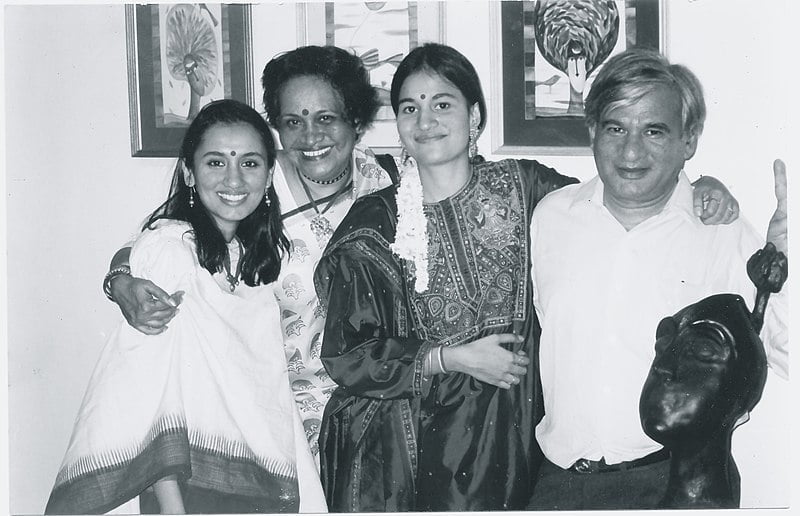
In an estimation of women’s participation in art nationwide in the U.S. workforce taken, women make up under half of all artists, that is only 46 per cent of the total population, Rad Art Media. Earlier women are considered to assist and support the male in the household for their progress in the field of employment, and to achieve a successful career, today female social groups gain recognition and rise in the number of women in various fields of art, music, and culture.
Also Read: Flipping Through The Diary Of Frida Kahlo: An Intimate Self Portrait
Disparate male artists who portray women on canvas, art that has been produced by female artists distinctly deconstructs the gender gap, often by raising one’s gender-related questions through art from various perspectives. At the same time, it provides intersectional groups space in expressing their views without overlaying preconceptions on one’s gender. Particularly, female artists such as Prafulla Dahanukar, in her female portrayals, expose women and their female-centred representation, politics, and feminine experiences that cannot be addressed evidently by the opposite gender.
“I didn’t want to be a woman artist. I just wanted to be an artist” – Isabel Bishop
As Isabel Bishop describes, one of the celebrated American painters and graphic artists, women as an individual eventually breaks all agencies that create scandal in her works, in which an artist like Prafulla Dahanukar attempted to paint freedom in her works. It finds a void, which opens a space for them in the irrational society they surround.
Also Read: Begum Qudsia Zaidi: The Woman Who Founded Hindustani Theatre | #IndianWomenInHistory
Even today, when society finds women in art, music, literature, and poetry as unusual and outlandish, Prafulla Dahanukar and her works imprints an impending feminist upsurge in the history of women in art, as well as other works by various female artists explore intense emotion. It influences young artists in disintegrating certain beliefs customized by society concerning gender through their contented use of strokes and colours.
